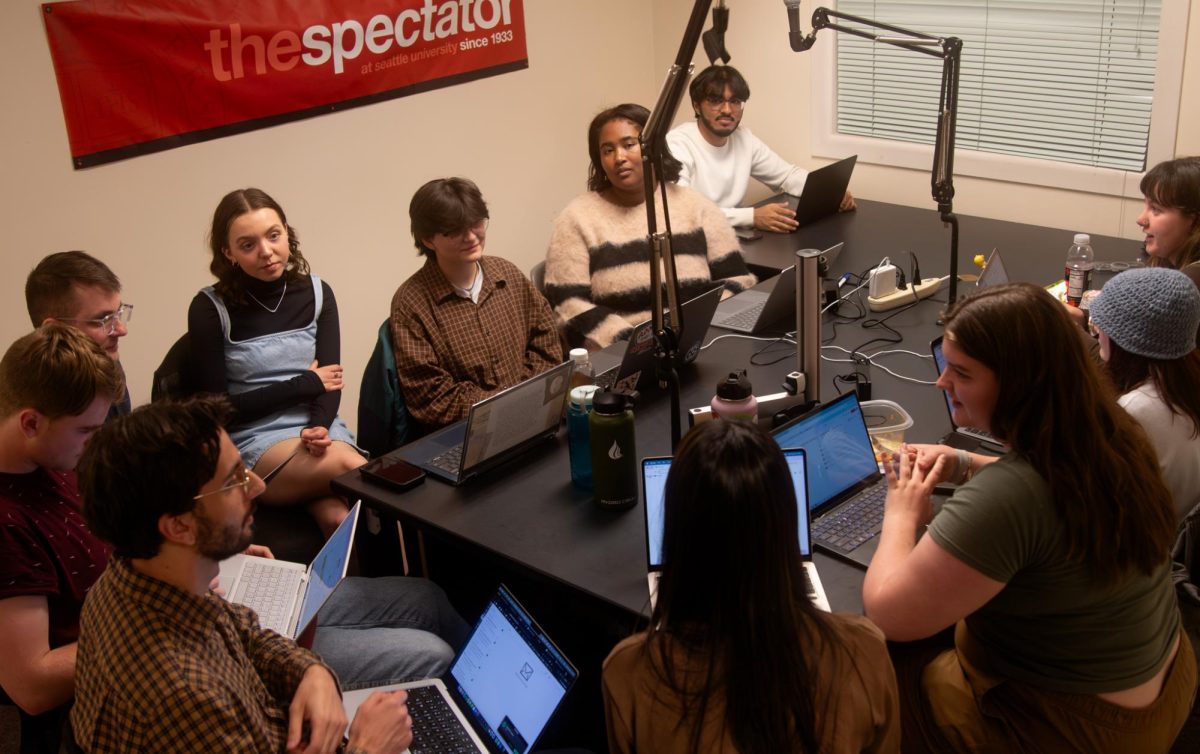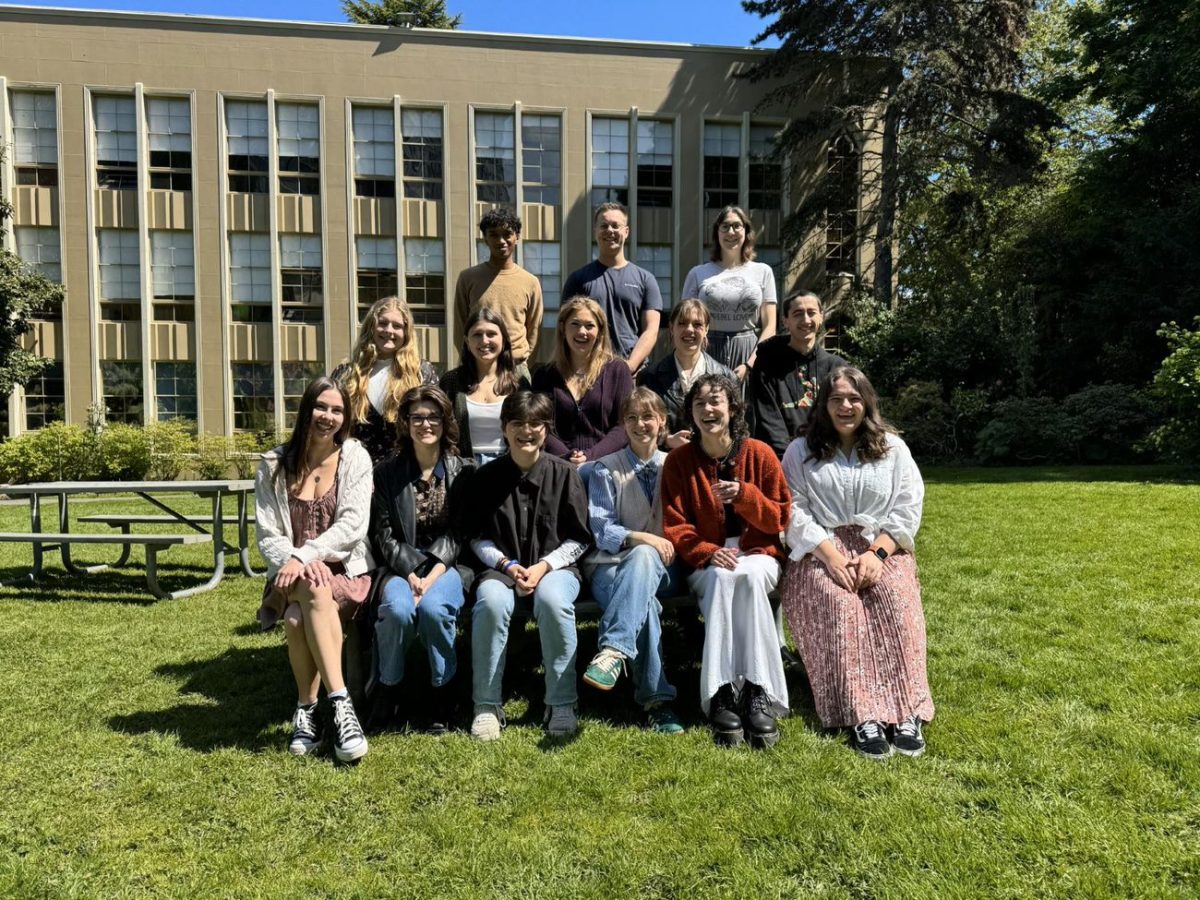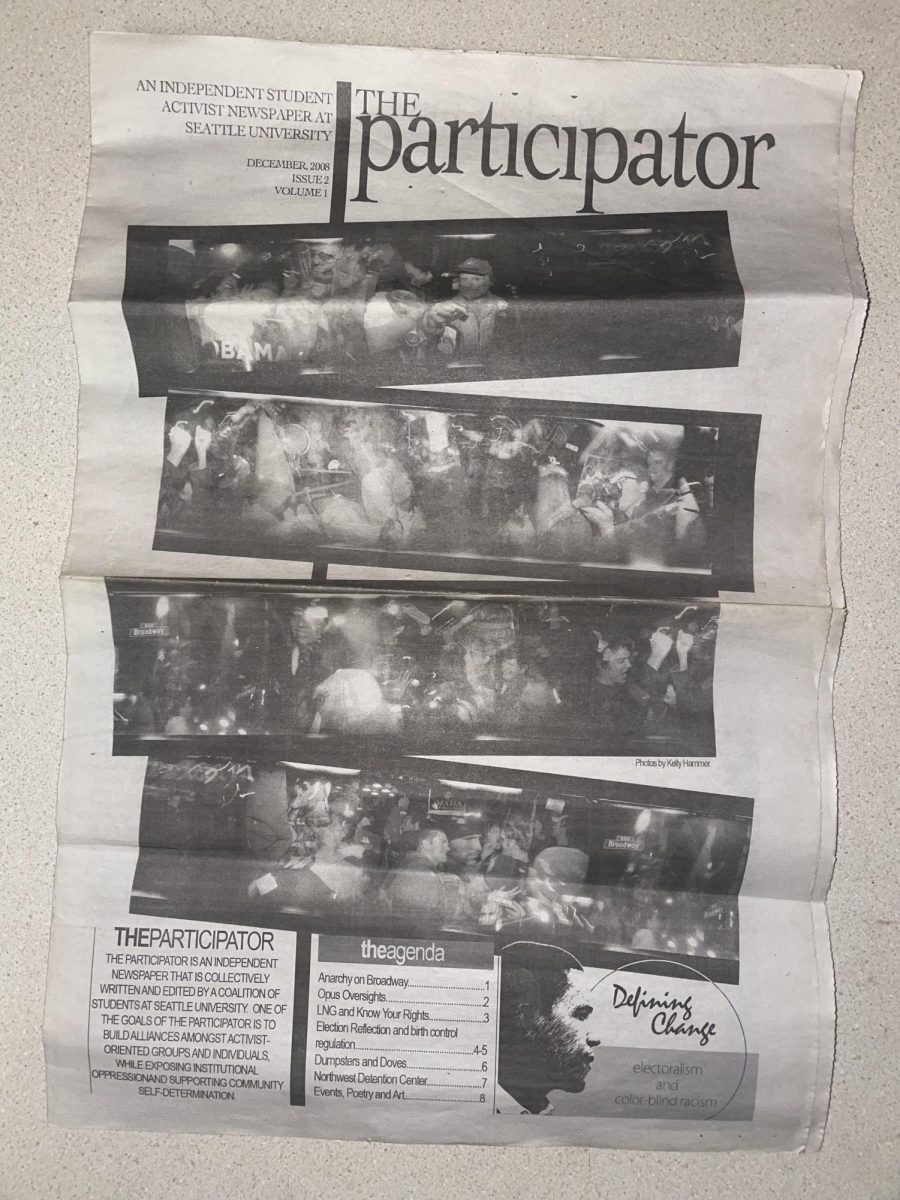According to the Seattle Police Department, in July 2013 alone there were 455 simple assaults, 17 accounts of forcible rape, and 103 strong-armed robberies, and that doesn’t include unreported crime.
Andrea Brenneke of Compassionate Seattle hopes to change this by developing a restorative way to combat the crime in Seattle, rather than immediately using penalizing ramifications.
What began as a simple idea with the mayor has grown into the Restorative Justice Initiative in the East Precinct, spanning all of Capitol Hill, First Hill, and Central District neighborhoods.
“The goal here,” said Brenneke. “is to offer restorative justice practices as a response to crime and to avoid putting certain behavior in the criminal justice system that doesn’t necessarily need to be there. Essentially, it is to come together and empower ourselves as a community.”
The pilot program consists of two main goals: to create a diversion from criminality and to support communities by figuring out how to engage with conflicts in other contexts.
The program is meant to meet the needs of the victims, offenders and community in situations that would otherwise be considered crime and find a way to resolve them less punitively.
For example, the traditional disciplinary systems in schools are measures such as suspension and expulsion. The Restorative Justice Initiative, however, would create an alternative to these repercussions—one that acknowledges the fact that these students are still members of society despite their actions.
Instead of ostracizing them from the school and community, students would be given an opportunity to make up for their behavior.
“The idea is to teach people how to live with one another,” Brenneke said. “We want to hold people accountable for their actions, but we also want to offer alternatives to discipline that don’t separate them from communities.”
The goal of the program is to minimize crime by encouraging the victims and offenders to seek compromise by meeting somewhere in the middle, essentially allowing the community to come together rather than become torn apart.
Brenneke sees a great deal of value in finding peace in communities and works to attain that desired peace through this pilot program.
The way the program will work is still in the development process, but restorative circles will play a large part. Because they are so flexible, they can be formatted to suit the needs of every situation, from an impending school suspension to a potential prison lockup.
“It allows for facilitated dialogue in a safe way so that people can explore what happened and the harm that was done, as well as the underlying needs of each party,” Brenneke said. “Restorative circles will help to gain a deep understanding of what happened and the necessary steps needed to move forward.”
The restorative justice methodology won’t replace the criminal justice system within the East Precinct because it is a completely voluntary program and parties can choose their level of involvement.
The restorative justice pilot program would therefore serve as an effort to enhance the community by suggesting and addressing the needs of both victim and perpetrator. Both would engage in mediation to acknowledge these issues, and by the end, the offender would potentially provide the restitution that both sides deem appropriate.
Brenneke also emphasized the importance of beginning this program in a city like Seattle.
The East Precinct has generally been recognized as a diverse area in terms of background and demographic. In addition, it encompasses many issues characteristic of urban locations present on the streets, schools and communities, many of which the Seattle Police Department has already begun to explore and resolve.
The fact that the East Precinct is located within the police department boundary has allowed for official authoritative action to ensue, which, in turn, gives Brenneke and her team a foundation to work with.
“We want to honor what is already happening in the community,” she said. “For this program, I felt it necessary to have the leadership of the police department already underway and we have just that in the East Precinct.”
Rather than using the automatic measure of expulsion or incarceration, Brenneke believes that if an offender is offered a chance to address his or her needs as well as listen to the needs of the victim, the gaping hole between the offenders and the community will finally begin to mend.
“The goal is to create an alternative where a different kind of process is offered,” Brenneke said. “One that allows people reach a place of accountability that not only keeps communities together, but makes them stronger.”











